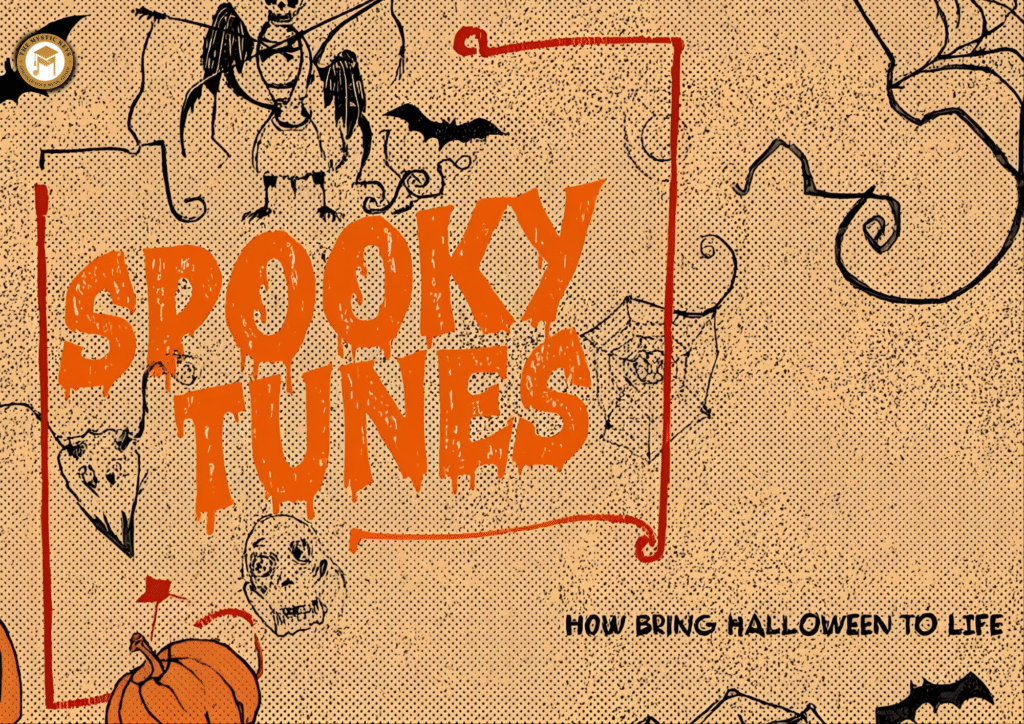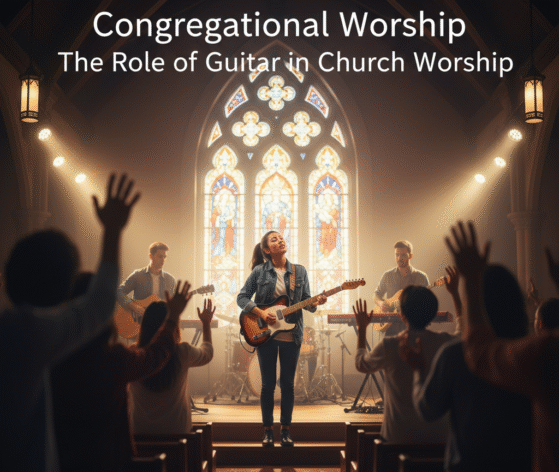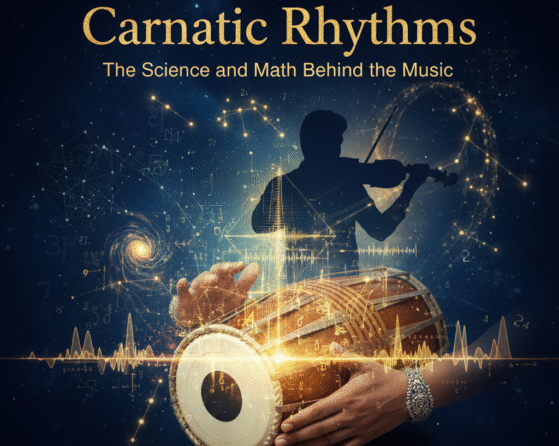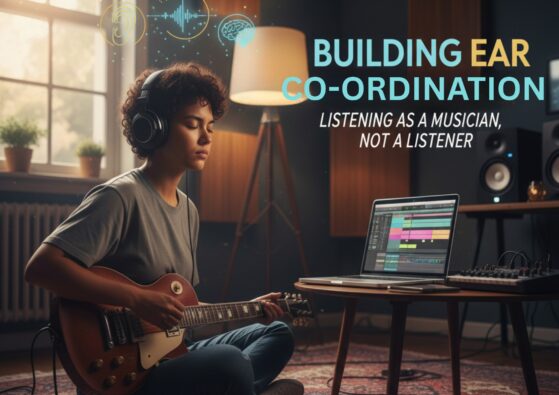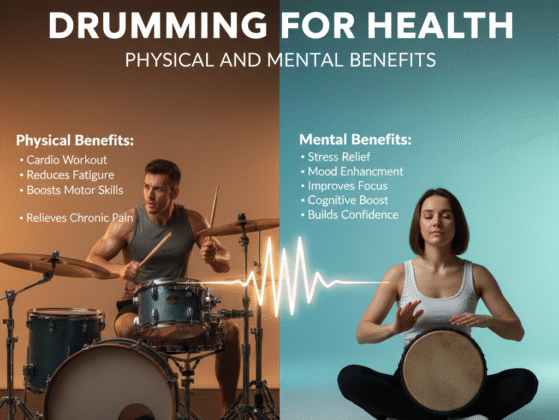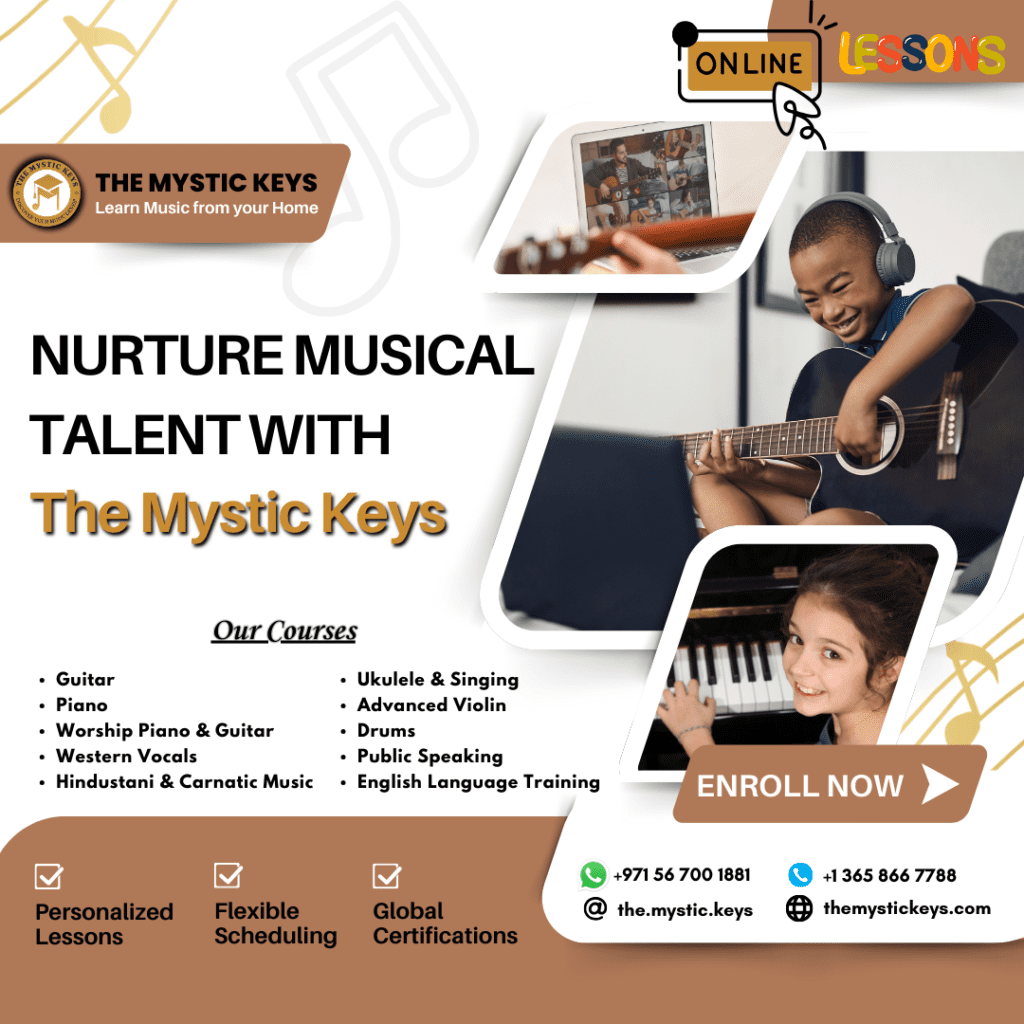Spooky Tunes | How Music Brings Halloween to Life
Halloween is one of the most immersive holidays in the world. While costumes, carved pumpkins, and candy dominate the visual landscape, it’s often the auditory experience—especially spooky tunes—that leaves the deepest impression. The creak of a door, the echo of a ghostly laugh, or the spine-chilling notes of a piano in a minor key can instantly transport us to a world of mystery and suspense. These spooky tunes don’t just accompany the sights—they shape the atmosphere, heighten emotions, and engage our senses in ways visuals alone cannot. From subtle whispers that make us shiver to dramatic scores that quicken our heartbeat, Halloween music has the power to make the holiday not just seen, but deeply felt. It is this mastery of sound that transforms ordinary nights into hauntingly memorable experiences, setting the stage for stories, thrills, and traditions that linger long after the final note fades.
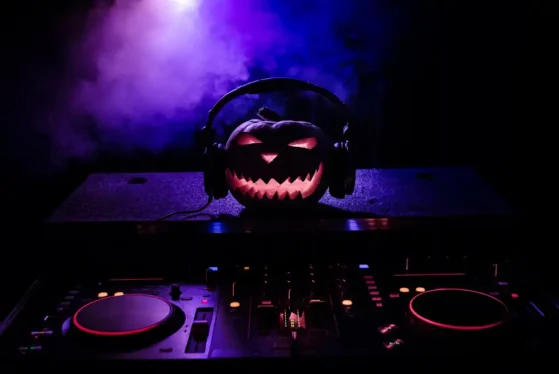
The Science Behind Spooky Tunes
To understand why Halloween music is so effective, we need to look at the science of sound. Humans react instinctively to certain noises. Sharp, dissonant notes, sudden shifts in rhythm, and eerie ambient sounds trigger the amygdala—the part of the brain that processes fear. Even a simple rattling chain or an owl’s hoot can make our hearts race. This is why songs like Bach’s “Toccata and Fugue in D Minor,” Saint-Saëns’ “Danse Macabre,” Michael Jackson’s “Thriller,” or Danny Elfman’s “This Is Halloween” feel so haunting. These tracks combine unsettling melodies, suspenseful rhythms, and eerie effects to heighten tension, creating that unmistakable Halloween thrill.
This is why Halloween music feels so immersive. Composers and sound designers use these reactions to their advantage. Minor keys, diminished chords, and irregular tempos build tension and suspense. They guide our emotions, making us anticipate what’s next. Spooky songs is carefully crafted fear—controlled, safe, and thrilling.
It works in stages. First, it sets a mood. Then, it builds suspense. Finally, it surprises or unsettles us. This combination makes the experience unforgettable. When paired with flickering lights, fog, or creepy visuals, music transforms a simple space into a haunted world. Even familiar songs, when twisted with eerie tones, can feel unsettling.
This interplay of psychology and sound explains why Halloween music has such lasting power. It’s more than background noise. It tells a story. It shapes how we feel. And it makes Halloween not just seen, but truly experienced.
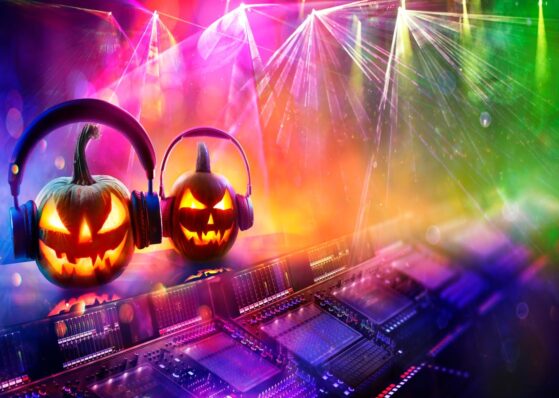
From Ancient Rituals to Modern Spooky Tunes
Interestingly, the connection between music and spookiness goes back centuries. During Celtic festivals like Samhain, music played a vital role. It marked seasonal transitions and was believed to ward off spirits. Drums, flutes, and chants were more than entertainment—they were a bridge to the unknown. These sounds shaped emotions and created atmosphere, setting the stage for suspense and wonder—just as Halloween music does today.
As time passed, these traditions naturally evolved. Folk melodies influenced theatrical performances, which added dramatic flair. Those performances, in turn, inspired early cinematic soundtracks. With each iteration, new techniques emerged, but the core goal remained: to evoke emotion and stir the imagination. Today, Spooky tunes—whether classical, electronic, or pop—carries forward this legacy. It blends eerie melodies with rhythm and tension, connecting listeners to centuries of storytelling through sound. By linking past and present, music allows us to feel both nostalgia and thrill, keeping the spirit of Halloween alive in every note.
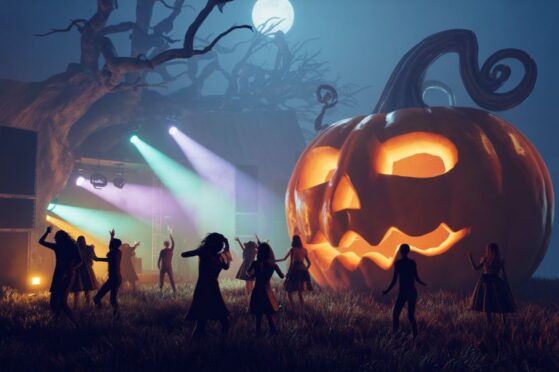
Iconic Halloween Compositions
Over time, the combination of eerie sounds, suspenseful rhythms, and cultural traditions has shaped what we now recognize as “Halloween music.” These elements not only evoke fear and excitement but also create lasting associations in our minds. As a result, certain pieces of music have become inseparable from the holiday itself, instantly bringing to mind haunted houses, shadowy figures, and midnight thrills.
Certain compositions have become synonymous with Halloween, shaping our cultural expectations of the holiday. Take, for example:
“Toccata and Fugue in D Minor” by Johann Sebastian Bach: Its dramatic organ arpeggios have long been associated with gothic horror.
“Danse Macabre” by Camille Saint-Saëns: A playful yet macabre orchestral work representing Death summoning skeletons to dance.
John Carpenter’s “Halloween Theme”: Minimalistic and hypnotic, this modern score uses repetition and dissonance to instill dread.
These works demonstrate how melody, rhythm, and instrumentation combine to evoke specific emotional responses, from suspense to outright terror. In turn, this shows why certain pieces instantly feel “Halloween-like,” guiding our emotions and setting the mood perfectly.
Sound Effects | Adding Layers to Spooky Tunes
While melodies provide the backbone of Halloween music, it’s the sound effects that truly bring the experience to life. Think about a haunted house—without creaking doors, howling winds, or distant whispers, the atmosphere would feel flat and incomplete. These subtle sounds play with our perception, heightening tension and engaging the imagination in ways that music alone cannot.
In fact, haunted attractions often combine music, sound effects, and lighting to create fully immersive environments. By layering these elements, the brain struggles to distinguish reality from illusion, which makes every creak, whisper, or sudden noise feel more intense. This careful orchestration of sights and sounds amplifies suspense, keeps visitors on edge, and showcases just how powerful audio can be in shaping emotional experiences.
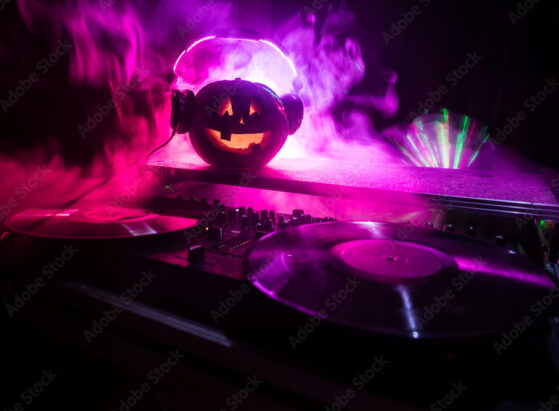
Modern Twists on Spooky Tunes
While classical compositions have long defined traditional Halloween soundscapes, modern music has added new layers of energy and creativity. Over time, artists began experimenting with ways to combine melody, rhythm, and storytelling to evoke fear, fun, and suspense simultaneously. For instance, Michael Jackson’s “Thriller” seamlessly blends a chilling narrative with danceable beats and eerie sound effects, making it both thrilling and entertaining. Similarly, Bobby “Boris” Pickett’s “Monster Mash” introduces playful humor into the spooky mix, showing that Halloween music can be lighthearted while still evoking the holiday’s signature eeriness.
As musical tastes and technology evolved, electronic music producers expanded the possibilities even further. Ghostly motifs, glitch effects, and dark ambient textures allow modern Halloween tracks to push the boundaries of suspense and creativity. This blending of old and new demonstrates that Halloween music is not static—it evolves while staying true to its core purpose: to thrill, surprise, and immerse listeners in a spooky atmosphere. By connecting classical techniques with contemporary experimentation, Halloween music bridges generations, proving that fear and fun can coexist beautifully in sound.
Crafting the Ultimate Halloween Playlist
All the elements we’ve discussed—psychology, classic themes, and sound effects—come together to create the perfect Halloween atmosphere. Whether you’re hosting a party, decorating your home, or simply setting the mood for trick-or-treaters, music plays a central role. To fully immerse yourself and your guests in the spooky spirit, a carefully curated playlist is essential. Here’s how to structure one for maximum effect:
Set the Mood with Subtle Tension: Start with ambient tracks that create unease without overwhelming the listener.
Build Suspense Gradually: Introduce dissonant chords, rising scales, and unexpected sound effects.
Include Iconic Favorites: Songs like “Thriller” or Danny Elfman’s “This Is Halloween” evoke nostalgia and excitement.
Layer in Atmospheric Sounds: Add whispers, creaks, or wind sounds to make the experience immersive.
End on a Dramatic Note: Finish with a track that leaves listeners on edge, ensuring the mood lingers.
By thinking of your playlist as a narrative arc—from mystery to suspense to climactic tension—you can guide listeners through a complete emotional journey. Rather than a random collection of songs and sounds, each track builds on the one before it, creating anticipation and surprise. This approach makes the experience feel intentional, as if the music itself is telling a story. Listeners don’t just hear the sounds—they feel them, imagining haunted corridors, shadowy figures, and unexpected twists. In this way, a well-crafted Halloween playlist becomes more than background noise; it transforms any space into a fully immersive, spine-chilling adventure.
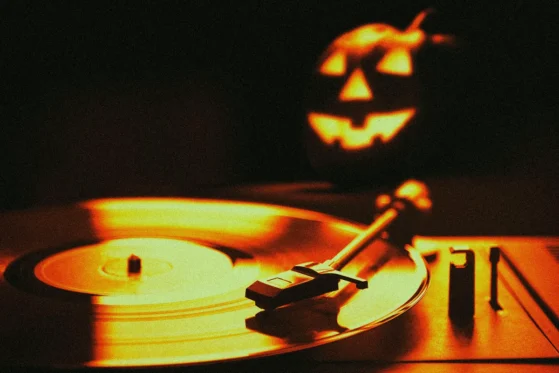
Spooky Tunes as Storytelling Tools
Halloween music isn’t just about spooking. It is a powerful tool for storytelling. Composers use tone, rhythm, and dynamics to hint at unseen threats. They signal narrative twists and convey emotion. Each note guides the listener through suspenseful tales without words.
This narrative power makes Halloween music a great teaching tool. In schools or workshops, students can learn how sound creates mood and tension. They also see how music tells a story beyond lyrics or visuals.
At the same time, Halloween is a playground for creativity. Musicians and sound designers can experiment freely with unusual scales, rhythms, and effects. These experiments make the music playful, immersive, and emotionally engaging. They can mix fear, humor, and surprise in unique ways.
This creative freedom also inspires innovation. Artists can blend traditional spooky sounds with modern techniques. They can layer instruments, electronic effects, or even recorded ambient noises. The result is music that feels alive and dynamic.
Ultimately, Halloween music connects learning, creativity, and storytelling. It teaches, entertains, and immerses audiences all at once. It transforms sound into emotion, atmosphere, and narrative. Every note becomes a thread in the haunted story it tells.
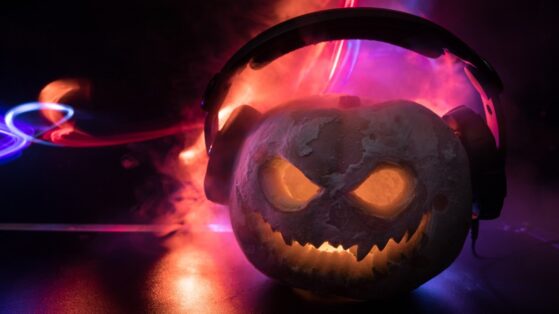
Engaging All the Senses
The magic of Spooky Tunes truly comes alive when they work in harmony with other sensory experiences. As these haunting melodies set a mood of suspense or eerie delight, dim lighting casts elongated shadows, costumes transform familiar faces into mysterious characters, and carefully placed decorations create an atmosphere of haunted charm. Even subtle scents—like the warm aroma of pumpkin, spiced candles, or incense—intertwine with the music, triggering memories and emotions that make the experience richer and more immersive. This interplay of sight, sound, and smell engages multiple parts of the brain simultaneously, showing why Halloween doesn’t just feel like a holiday to observe—it’s an experience to live, anticipate, and remember.
By blending Spooky Tunes with these sensory cues, the music becomes the invisible thread that guides our emotions, amplifies suspense, and heightens every moment of thrill, surprise, and delight. Whether it’s the distant echo of a ghostly piano or the subtle whisper of a wind-like synthesizer, these sounds turn ordinary spaces into immersive haunted worlds, proving that Halloween is as much about what we hear as what we see.
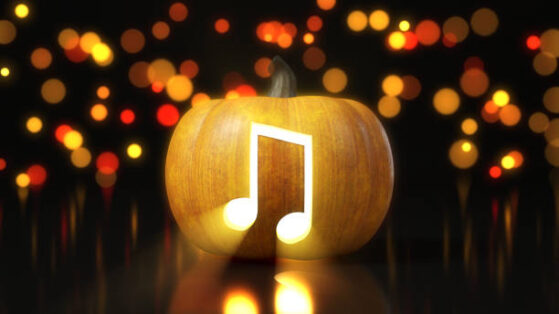
Conclusion
Music is the heartbeat of Halloween, giving life to shadows, whispers, and eerie corners. It transforms ordinary nights into thrilling, spine-chilling adventures. From classical organ masterpieces to modern pop hits, and from subtle sound effects to full-scale haunted soundscapes, Halloween music sparks the imagination and stirs our emotions in ways visuals alone cannot.
Because of this, music becomes more than background—it shapes the entire experience. It sets the pace, guides our feelings, and even tells a story without words. At The Mystic Keys, we understand the power of sound to evoke emotion and create atmosphere. This Halloween, don’t focus solely on costumes or decorations. Curate your spooky tunes, weave in chilling sound effects, and let music turn your haunted vision into reality. After all, Halloween isn’t just a visual spectacle—it’s an auditory journey, a narrative, and an experience that lingers long after the last note fades.
For more information and exciting resources about learning music, visit our website at The Mystic Keys. For more music content and exciting offers follow us on
Facebook, Instagram, YouTube, LinkedIn, Twitter, Pinterest, and Threads.


